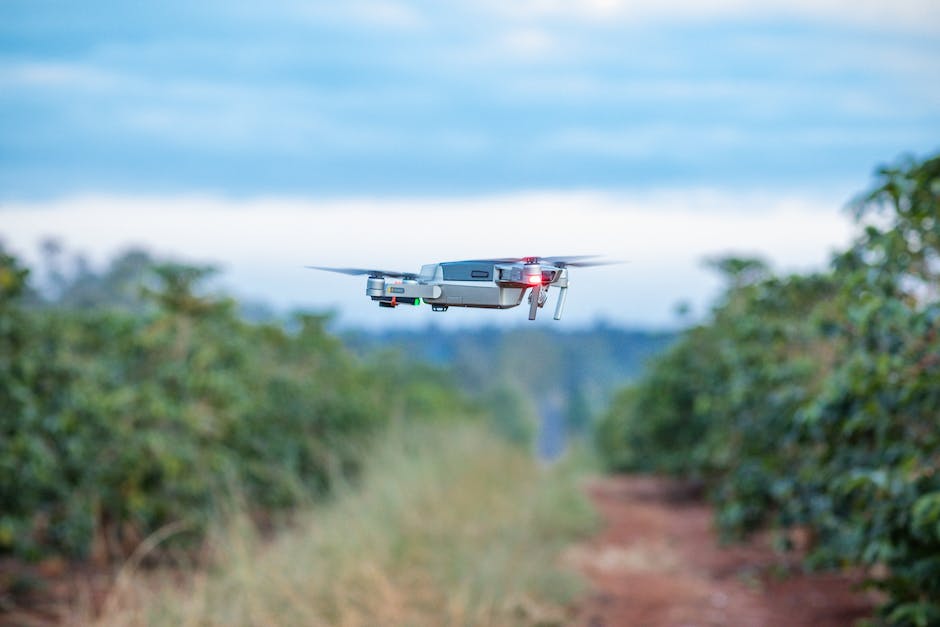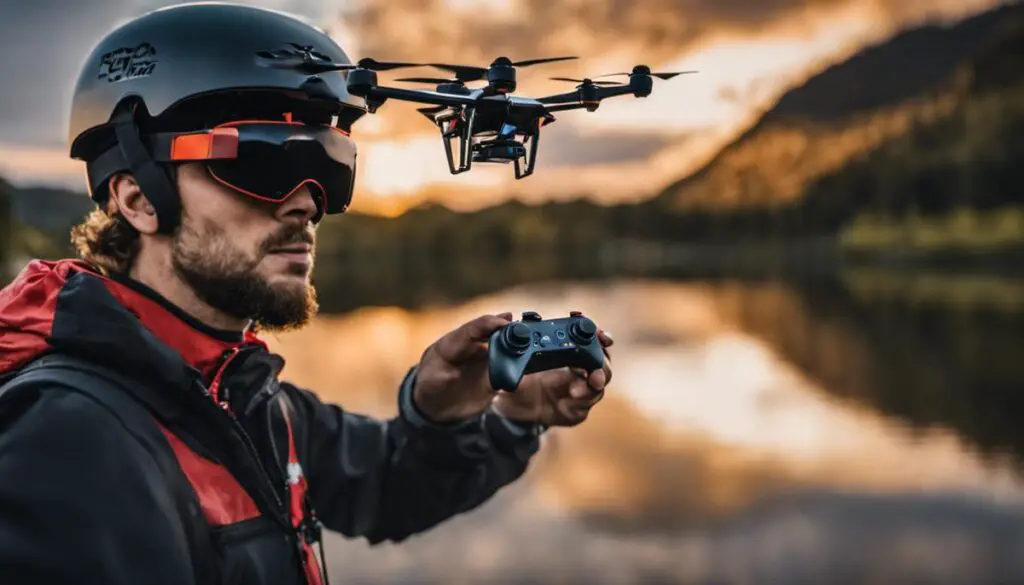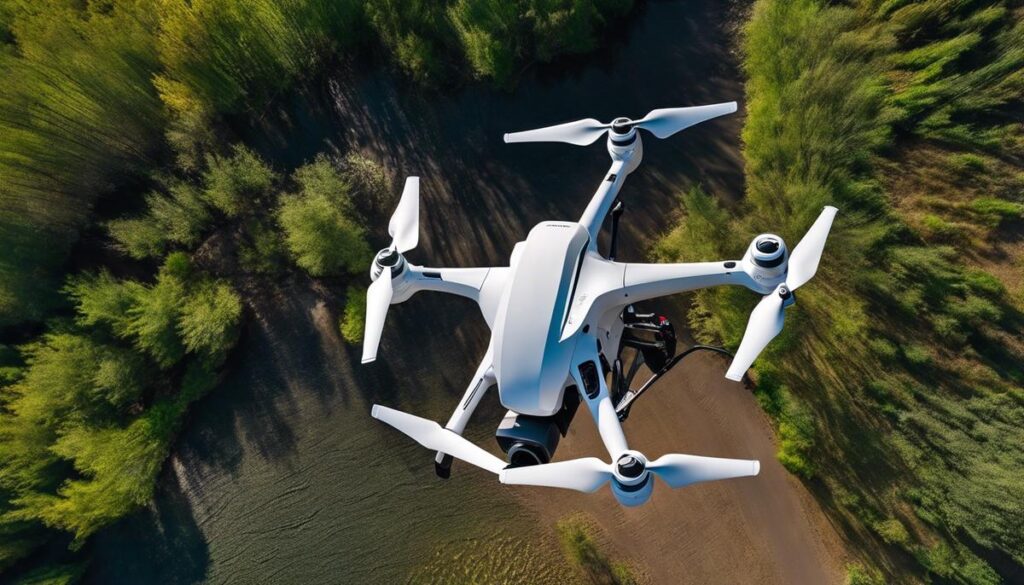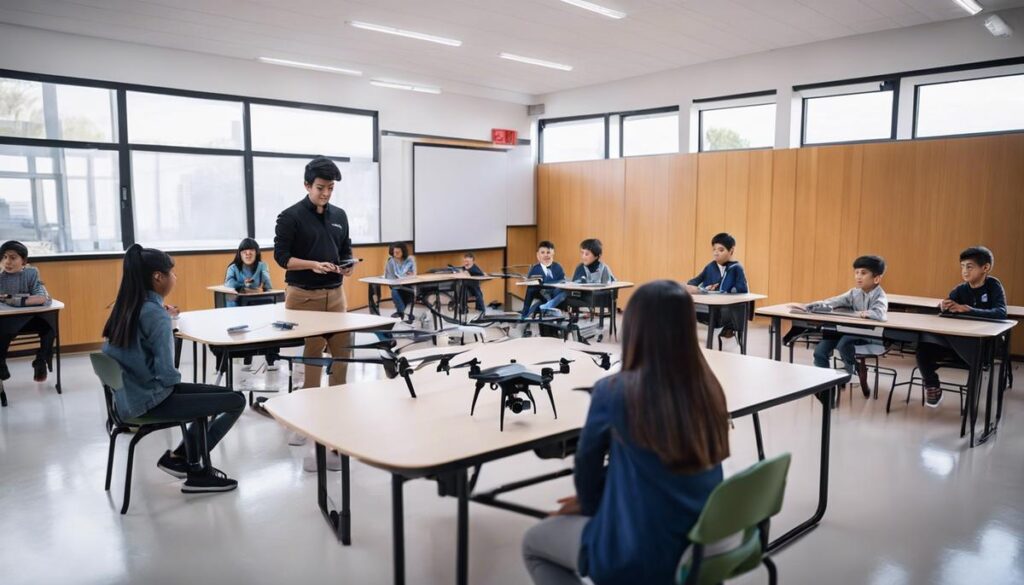With the rise of drone technology, enthusiasts are constantly exploring new avenues to enhance their flying experience. Among these innovations, one that stands out is First Person View (FPV) drone flying, especially with powerhouse brands like DJI leading the way. Traditionally, this immersive flight experience utilizes goggles, providing the pilot with a bird’s-eye view from the drone. However, for various reasons, a drone pilot might prefer to fly their DJI FPV drone without using goggles. In this exploration, understanding the core concepts of FPV drones, familiarizing oneself thoroughly with the DJI FPV drone, learning alternative methods to goggles, and applying virtual practices into real-life situations becomes paramount.
Understanding the Concept of FPV Drones
Understanding FPV Drones
First Person View (FPV) drones are a unique and immersive tool for photographers and hobbyists alike. They’re known for the distinct perspective they provide to the operator as though they were in the cockpit of the drone itself. On a very basic level, an FPV drone is composed of the drone itself, the controller and, typically, a pair of FPV goggles.
The drone is fitted with an onboard camera that broadcasts a live video feed to the goggles, allowing the operator to navigate the drone from a first person perspective. This is where the ‘FPV goggle’ concept originates from and it’s also the reason why these types of drones are traditionally flown with goggles.
The FPV drone’s control system consists of the core components: the controller (also known as the transmitter) and the receptor (receiver) on the drone itself. Any control input made on the transmitter is received and applied by the drone. Knowing how these parts work together is crucial to harnessing the full potential of FPV drones.
Goggleless FPV Drone Operation
But the question arises: is it possible to fly a DJI FPV drone without the goggles? The answer is yes, it can be done, albeit with some drawbacks.
Firstly, the video feed from the drone can be rerouted to other display units such as a smartphone or a tablet using the appropriate DJI app. However, this method may not provide the same immersive experience as the goggles. Additionally, the video quality and latency are likely to be inferior in comparison to the goggle’s feed.
When it comes to actual operation, some DJI FPV drones come with a regular controller that can be used without the goggles. However, it is important to understand that, while using a screen display or the traditional controller, the FPV aspect would be diminished since you’re now operating it line-of-sight or off a screen – much like flying traditional drones.
With this information, you can decide if flying your DJI FPV drone without goggles is worth the trade-off. Savoring the immersive experience FPV drones offer, versus limiting it to a screen or controller would be your decision to make. Just remember, understanding the concept, the workings, and respecting the capabilities of the FPV drone is key to enjoying your drone experience.

Photo by martinsanchez on Unsplash
Knowing Your DJI FPV Drone
Knowing Your DJI FPV Drone: A Guided Tour
Drones are all the rage now and even more so are FPV (First Person View) drones like the DJI FPV drone. It demands a certain level of investment, not just financially, but also time and effort to truly grasp the controls, features, and nuances of this amateur pilot’s dream. While the excitement of exploring the skies may be stimulating, a fundamental understanding of your DJI drone is particularly essential.
Mastering the Controls
Every DJI FPV drone is equipped with a dedicated controller, serving as your primary means of communication with the drone. Becoming fluent with this device should be one of your initial tasks. The left joystick generally controls the altitude and rotation of the drone, while the right stick normally handles forward, backward, and sideways movement. Engage with these controls frequently to develop a steady hand and accurate maneuverability.
Understanding the Features
The DJI FPV drone is laden with different features and functions that set it apart from other drones. Some of these unique features include the 3-axis stabilized gimbal, HD video transmission, 4K/60fps video capture, and advanced safety features like obstacle detection and auto return. These attributes can significantly affect your drone flying and video recording experience, making it vital to understand their operation.
Navigating with Indicators
Drone indicators are essential pieces of information that inform the pilot about the state and health of the drone, as well as its current location and movement. Key indicators to understand on the DJI FPV drone include battery life, signal strength, GPS lock, and flight modes. Equipping yourself with the knowledge to interpret these indicators can prove crucial during flights, especially in keeping your drone safe and secure.
Understanding Alerts
DJI FPV drones have an advanced alert system that provides crucial information about potential problems. These alerts might include low battery, high wind warning, weak signal strength, or even detection of obstacles in the flight path. While these alerts might seem overwhelming at first, understanding and responding to them correctly can prevent mishaps and prolong the longevity of your drone.
Overcoming the initial learning curve of operating a DJI FPV drone can be a huge advantage in helping you have a fun and fulfilling drone flying experience. Remember, the more comfortable and familiar you become with your drone, the more confidently you can navigate the skies. It’s a marathon, not a sprint. Invest time, keep learning, and keep flying!

Learning to Fly Without Goggles
Options for Flying DJI FPV Drone Without Goggles
When it comes to piloting your DJI FPV drone, goggles are just one of many options. While they provide an immersive flying experience, they are by no means necessary, and many fliers prefer alternatives. Two alternatives to consider are flying using a monitor or smartphone screen or line-of-sight flying.
Using a Monitor or Smartphone Screen
Using a monitor or smartphone screen to fly your DJI FPV drone is a popular choice. The setup involves connecting your drone and controller to a monitor or smartphone. The live stream from your drone’s camera will be displayed on the screen in real-time.
To establish the connection, ensure that your controller and drone are synced. Then, use the correct cables to connect your controller to your chosen screen. Many models require a simple HDMI cable, but it’s important to check the specifics for your particular drone and controller.
Once you’ve set up your equipment correctly, navigate to the live view on your screen. This will show you what your drone’s camera is seeing in real-time, enabling you to control it effectively. One of the primary benefits of this approach is the larger visual field provided by the monitor compared to goggles. But, you lose the first-person perspective that goggles offer.
Line-of-Sight Flying
Line-of-sight flying is another alternative. This technique involves manually controlling the drone by sighting it in the air rather than through the lens of a camera. This method is particularly useful when flying in open spaces without obstacles.
To fly your drone using this method, take off and keep your drone within your visible range. Control it using the navigation buttons on your controller. Ensure you maintain the line-of-sight at all times and be aware of the drone’s orientation relative to your position.
This method has the advantage of allowing for a greater sense of distance and spatial awareness. However, it has a more challenging learning curve as it requires a strong understanding of the controller’s inputs relative to the drone’s position and direction.
Considerations and Risks
Both of these alternatives carry their own risks. Flying via a screen can lead to distractions, and the video feed can sometimes lag, leading to slower reactions. Line-of-sight flying, on the other hand, can be challenging due to the drone’s fast speeds and difficulty maintaining orientation at a distance.
Always remember to adhere to FAA regulations when operating your drone, especially when choosing to fly without goggles. Regularly performing safety checks will ensure your drone is in optimal flying condition and reduces the risk of accidents. Whether you choose a monitor, smartphone screen, or line-of-sight flying, remember that practicing in a safe and open environment is the key to mastering any new flying technique.

Simulator Practice and Real-life Application
Simulator Practice: DJI FPV Drone Flight Without Goggles
The first step towards flying a DJI FPV (First Person View) drone without goggles is to familiarize yourself with the controls and features of the drone, and the best place to do this is through a simulator.
To start, download and install DJI’s official flight simulator on your computer. This program mimics real-life flying conditions and allows you to practice using your drone’s controller.
Next, select the DJI FPV drone model within the simulator. The orientation on your screen will replicate what you would normally see through the goggles.
Invest a considerable amount of time in mastering the flight controls. Learn how to take off, control the drone’s direction, altitude, and speed, and safely land.
Enable the simulator’s different flight modes – normal, sport, and manual – to experience the difference in responsiveness and speed. Manual mode is where you’ll gain the most freedom, but it also means more risk, so take the time to master this mode in the simulator before attempting it in real life.
Practice flying without relying on the First Person View. This will give you a sense of how to control the drone using only the controller and your line of sight, preparing you for flying without goggles.
Real-life Application: Flying DJI FPV Drone Without Goggles
After you feel comfortable navigating the simulator, it’s time to try flying the DJI FPV drone without goggles in real life. Choose a wide-open space free from people and obstacles to minimize potential accidents.
Please ensure that your drone is fully charged before each flying session. Start by flying the drone in normal mode while observing the drone’s actions and controller’s response. Avoid flying too high or too far from you until gaining more confidence.
Next, switch to sport mode for an increase in speed, but without the full freedom and risk of manual mode.
Once you’re comfortable in sport mode, you can attempt manual mode, but do so with caution. This feature gives you absolute control over the drone, including maximum speed and tight maneuvers, but crashes can be unforgiving.
Do remember not to fly out of your line of sight. Even though you can fly without goggles, you still need to watch the drone at all times to ensure you maintain control and safety.
Always take safety measures such as setting up boundaries and preparing for emergency landing procedures. As the saying goes, practice makes perfect – the more you fly, the better you will become at controlling your DJI FPV drone without goggles.

By blending theoretical understanding with practical applications, flying a DJI FPV drone without goggles is not only achievable, but can also be a fulfilling activity for hobbyists and enthusiasts alike. Taking the time to understand your drone, investigating alternate flying methods and making use of simulators opens up a new world of possibilities in the realm of FPV drone flying. While the journey may require patience and dedication, the ultimate reward of skillfully navigating your DJI FPV drone without the use of goggles is well worth the effort, further expanding your passion for drone innovation.
Originally posted 2023-08-28 01:13:20.




